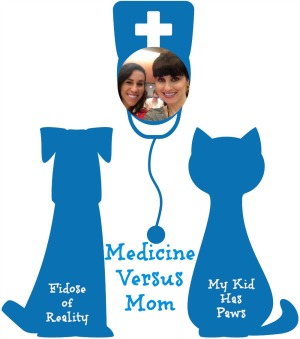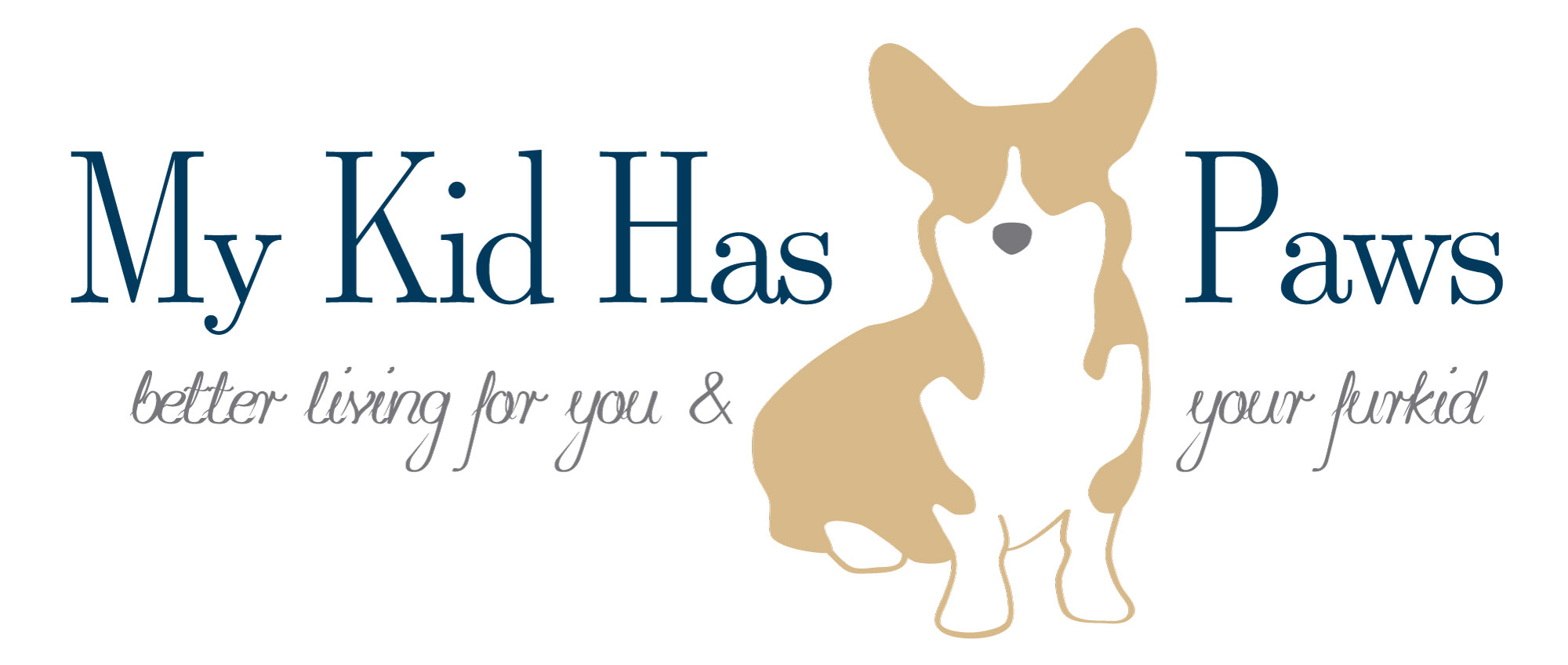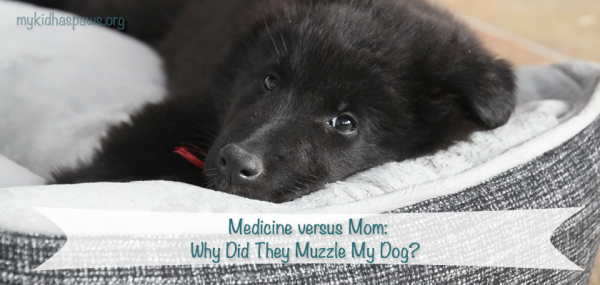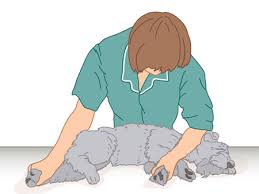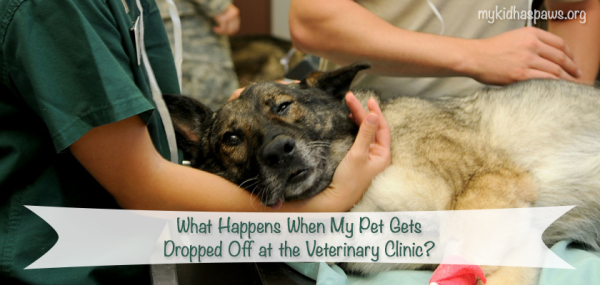
Once again, Carol Bryant from Fidose of Reality and myself, have decided to bring together our experiences in order to give you two sides to the same story. If you missed our inaugural post of Medicine versus Mom, you can check it out here.
If you aren’t familiar with Carol Bryant, she is a good friend and fellow pet blogger. She is the founder and CEO of Fidose of Reality. If you haven’t checked out her blog, your really should! As a seasoned blogger and writer she brings her dedicated pet parent perspective to share will all “Dog Lovers of the Highest Order”. Her posts are always a must read for me, and for any other pet parent out there. As we progress through our Medicine versus Mom series, I hope to share with your even more reasons why Carol is awesome!
Today we want to discuss the importance of vaccines, their controversy, and what you as a parent can do to protect your pet.
Firstly, I want to make it clear that vaccine protocols vary significantly by region and lifestyle. Keep in mind, that I am most familiar with the vaccine protocol in Northern California, and there may be variations from your pet’s vaccine protocol depending on where you live in the U.S, or the world.
Here is a quote from VetStreet that gives you an idea of how complicated vaccine protocols can be here in the U.S., “medical decisions concerning vaccine selection and administration protocols are among the most complicated medical decisions facing veterinarians today.”
Why is this such a complicated issue?
VetStreet sites the following as reasons for vaccine protocols being so complicated and varying:
1) Information regarding knowledge of the immune system is constantly changing
2) Susceptibility to various diseases in different regions can change
3) The increase in “animal valuation” within the family. Here, I think they are implying that as pets become a more integral part of families, it becomes more complicated to provide the correct type of preventative treatment without risk of liability.
4) Animal life expectancies are getting longer and medical records are getting better which provides more information about the effects of vaccines in the short, medium, and long term.
It is important to understand that no matter your stance on vaccines, they do protect both humans and animals against diseases that can be fatal. As a pet parent however, you need to be aware of which vaccines are necessary and which ones you can safely for go.
A typical puppy vaccine protocol includes:
3 Boosters of a DHPP or DHLPP that are given about 3 -4 weeks a part starting at 8 weeks of age, and a 1 Year Rabies Vaccine at 16 weeks of age.
After the initial booster shots of DHPP, I have seen two different vaccine protocols: 1) DHPP/DHLPP is given every year 2) DHPP/DHLPP is given every 3 years. There is a bit of controversy as to how often this vaccine should be given, so don’t be afraid to ask your veterinarian why they believe the vaccine should be given as frequent as their hospital protocol suggests.
After the initial 1 year Rabies vaccine, the boosters are given every 3 years. In my experience, this is standard.
DHPP protects against Canine Distemper, Parvovirus and Canine Hepititis (Canine Adenovirus-2), the L stands for Leptospirosis (which is given based on lifestyle). All of these diseases can be fatal and are very important to the vaccine protocol.
Distemper is a virus that is described as being similar to measles. The scariest part about this virus is that it is HIGHLY contagious, and potentially fatal. About a year ago, In-Sync’s Exotics Wildlife Rescue (who I follow on Facebook for their amazing photos) had a huge outbreak of Distemper in their facility, and they unfortunately lost a few of their amazing animals to this extremely contagious virus.
Parvo is a disease I experienced firsthand. Parvo is another highly contagious disease that effects the gastrointestinal tract and can be very fatal. Many puppies barely survive this disease, if at all. This disease can be extremely fatal and should be taken very seriously.
According to the American Animal Hospital Associations Vaccine Protocol, there are Core Vaccines and Non-Core Vaccine. Core Vaccines include the DHPP and the Rabies Vaccine, which are included in the puppy vaccines protocol above.
Non-Core Vaccines include Bordetella, Lyme Disease, Leptospirosis, Canine Coronavirus, and Parainfluenza
I am most familiar with Bordetella and Leptospirosis.
Bordetella should be given if your pet spends any time at doggy day cares, boarding facilities, or the groomers.
Typically, pets are vaccinated for leptospirosis if they are considered “outdoorsy”. They are exposed to the virus through other animal’s urine, and therefore, when they go hiking with you, or to other outdoor places, it is worth it to add this to your vaccine combo.
Lyme can be very dangerous, and you can read more about it from Buddy’s story, here.
In order to determine the best vaccine protocol for your pet you must discuss with your veterinarian:
1) Where you expect to take your dog. i.e. the mountains, lakes, oceans, etc.
2) What types of activities you expect to do. i.e. hiking, running, swimming etc.
3) Don’t be afraid to ask them their professional opinion on why they believe certain vaccines are necessary.
4) Be aware of what vaccines are most likely to cause a vaccine reaction, and what the signs of a vaccine reaction are.
5) Ask you vet if your senior pet really needs vaccines, or can they simply have titers?
What are your personal opinions about vaccines?
To read Carol’s doggy mom perspective on vaccines, please click here.
